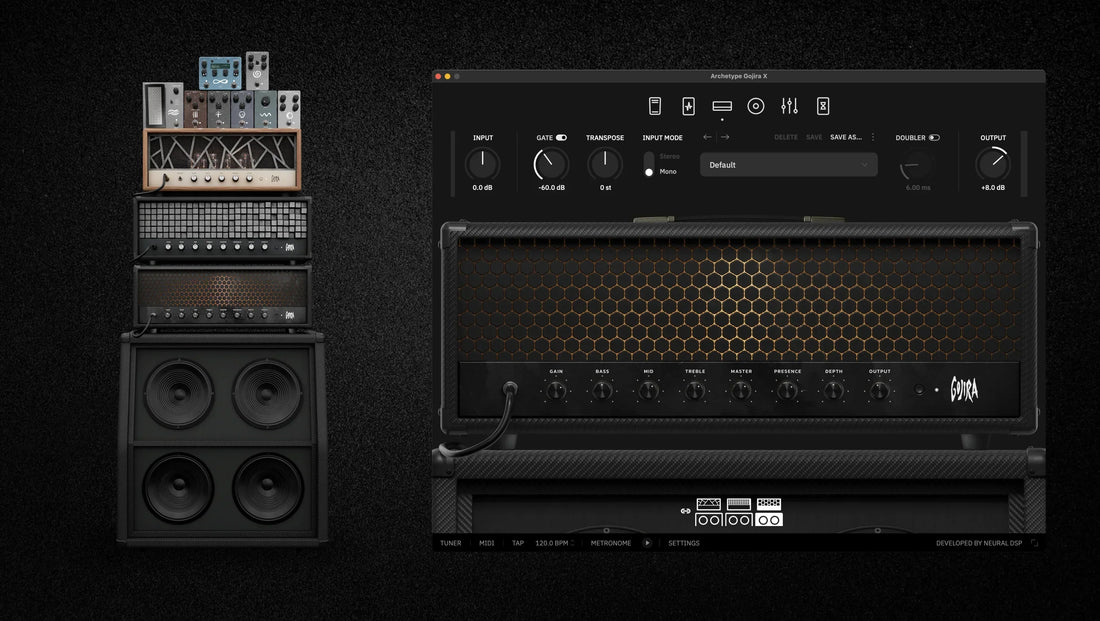
How to properly record through Digital IR's
In the time where Digital amp sims are taking over home studio setups, it can be difficult to find out how to get started on getting a guitar mix you are satisfied with. There are a few common mistakes people make when dialing in digital IRs for recording that can seriously impede the process of working on your own mixes or sending stems to an engineer for them to be worked on.
Most common mistakes when recording through Digital IRs
Recording without Gain staging:
What does “Gain staging” mean in this context? Gain staging would simply be manually adjusting the volume on your preamp so that minimal noise is being introduced into the mix ensuring you are getting the cleanest, most accurate recording possible.
How do we do this? Assuming your guitar is running through an external preamp, simply adjusting the gain so that on a full hard strum of your guitar, it is still in the “green zone”. If your preamp does not have any light indicators, it's very easy to tell when the guitar signal is on the verge of breakup or peaking, you are going to want to lower that down until there is not a hint of distortion or breakup even when you give it a good heavy handed strum. You or the engineer can always use compression later on in the mix to bring up that perceived volume without ruining the DI signal.
It is incredibly important to do this on the amp itself as well! Experiment with your IR and see what the lowest amount of gain you can get away with will be. I know how tempting it might be the crank that gains up but in a mix, a nice clear and gain balanced guitar signal is going to do wonders for the entirety of the mix and the overall clarity of it. This is the gain setting I've found to work for my uses but it is important to experiment and see how much you can get away with.
Recording without setting up your instrument:
This is obvious but should still go without saying. When I am recording bands or just solo guitarists, it is practice to tune in between takes. Typically I leave a 2 take buffer for rhythm takes and a 1 take buffer for lead takes on when the player should retune their instruments. Also ensuring your instrument is properly intonated with relatively lively strings will make a massive difference in the final product.
Ignoring mic positioning:
The beauty of Digital IRs is the amount of customization you get to craft the exact sound you want. However the factors of adjustment are like a typical real life amp rig, meaning something like mic positioning has a massive impact on the sound and can elevate or detract from your final mix. Its important to see which mic positions work for you and experiment with different microphones.
Judging in solo:
A common mistake all of us tend to make from time to time is listening to our guitar tracks out of context from the rest of the mix. Typically the best guitar tone for the mix won't sound complete in solo, different frequencies fill up different parts of the mix and sometimes a singled out guitar can sound a bit anemic. If you want your guitar tone to stand out in the mix, its important to adjust amp settings in context with the rest of the track and see how it affects its surroundings.
How to properly record through Digital IRs:
Now the fun part, you have properly set your gain on your preamp, set up your guitar and you have the amp sounding the way you like. How should we record?
No matter what DAW you are working through, there are a few things that will ensure you the best recording experience possible. Something I always do when recording bands or even myself is I create two recording channels, one has the amp on the signal chain and the other has nothing. We do this so that we have a printed version of the guitar take, meaning with the amp AND a guitar take that is just the DI signal. If we have that DI signal in our back pocket, that means we can go back and completely change tones or even amps after the fact on the fly, meaning you don't have to record twice. It's an incredible insurance policy and should be a part of everyone's recording process.
Thank you for reading and happy playing!
